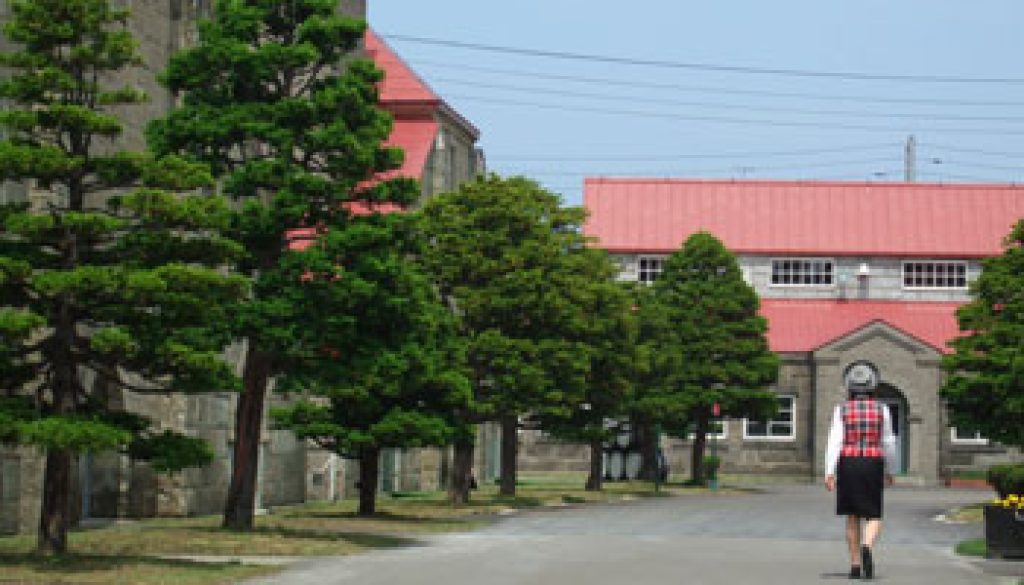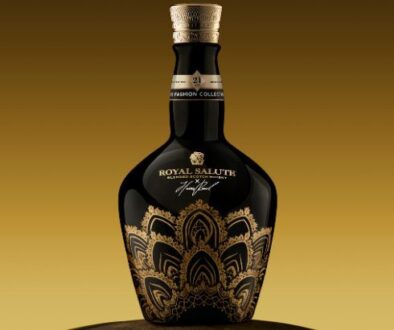Behind every great man…
This is a guest post by Jon Mitchell, a Welsh-born writer based in Yokohama.
For the past three years, Japanese whisky has been taking the world by storm. In 2007, a bottle of Nikka’s “Taketsuru” was voted the world’s best blend – followed in 2008, by its “Yoichi” being awarded the number one single malt. Last month, Suntory was named “Distiller of the Year” at the International Spirits Challenge in London – and the company’s Yamazaki single malt was chosen as “Supreme Champion Spirit.”
Although, people in the West have only recently started taking notice of Japanese whisky, the history of the water of life in the land of the rising sun goes back almost a century. Masataka Taketsuru – the son of a long-line of sake brewers – traveled around Scotland between 1918 and 1920 where he studied the art of whisky making at Glasgow University and various distilleries. Upon his return to Japan, he helped to set up distilleries for both Nikka and Suntory.
But the secrets of whisky production wasn’t the only prize that Masataka brought back from Scotland – he also returned to Japan with his Kirkintilloch wife, Rita Cowan. The pair had married despite the protests of their respective families and for Rita, the shock of adjusting to her new life proved hard. She had to learn from scratch a complicated language and an entire system of cultural norms; during World War Two, she was hounded by the secret police who (incorrectly) accused her of contacting Allied submarines while local children pelted her home with rocks.
Despite the troubles they encountered, Masataka and Rita stayed strong. Rita passed away in 1961, but today she is memorialized in her adopted Hokkaido town with a road named after her – as well as a kindergarten.
This month, to commemorate the 90th anniversary of her arrival in Japan and explore her continuing attraction, The Japan Times is running an article on her life, called The Rita Taketsuru Fan Club.




